Blogs Related Mining Equipment, Projects & Process Plants
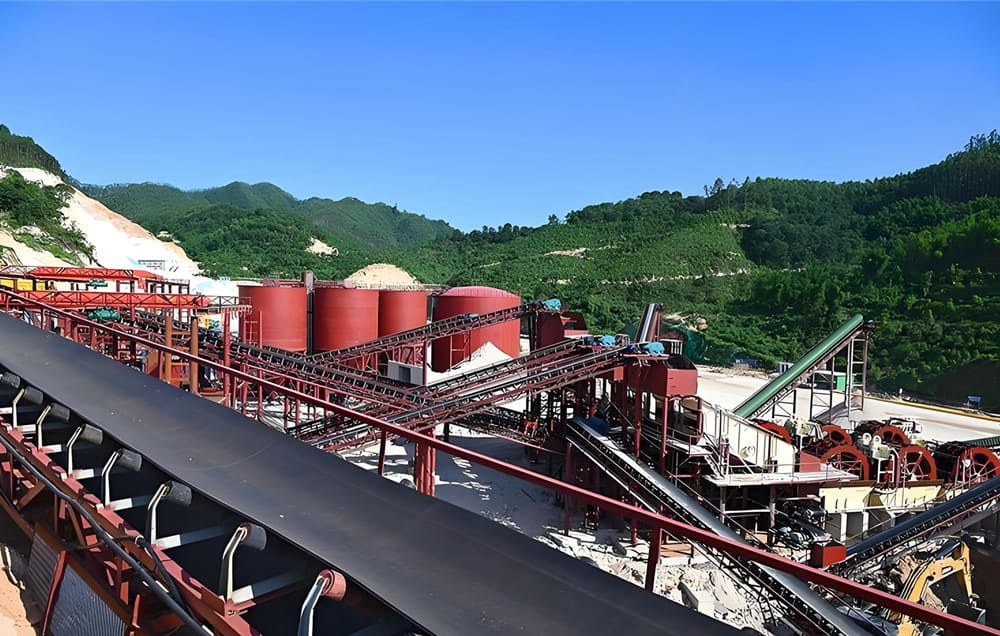
Manganese Ore Processing: Solutions for Refractory Ores
Manganese ore stands as a critical strategic resource in modern industries, playing an irreplaceable role in steelmaking, new energy batteries, chemical production, and other sectors. However, as high-grade manganese ore resources gradually deplete, the efficient processing of complex low-grade ores has become the industry’s core challenge. This article systematically analyzes
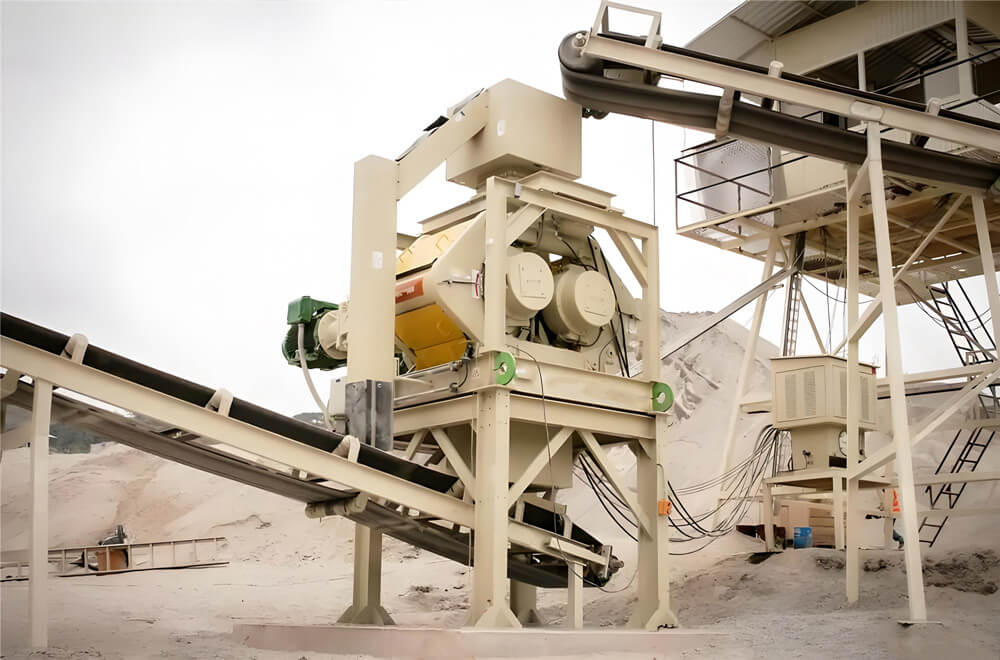
The Potential of HPGR to Replace Ball Mills
In mineral processing and metallurgy, comminution is one of the most energy-intensive stages, with ball mills dominating traditional grinding processes. However, driven by rising demands for energy savings and emission reductions, High-Pressure Grinding Rolls (HPGR) have emerged as a revolutionary alternative due to their superior efficiency and lower energy consumption. This article explores the technical advantages of
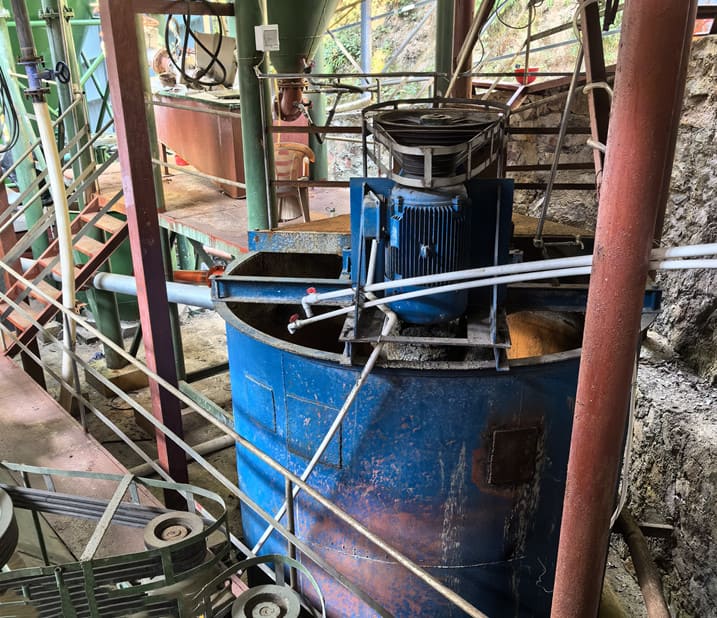
8 Types of Agitation Tanks for Mineral Processing
Agitated tanks are indispensable in mineral processing, facilitating mixing, leaching, flotation, and slurry homogenization. With varying designs tailored to specific operational needs, selecting the right agitation tank significantly impacts efficiency, recovery rates, and overall process stability. This article explores eight specialized types of agitated tanks: standard agitation tanks, high-efficiency agitation tanks, high-temperature

Flotation Oil Troubles: Why Concentrate Grade Fails & How to Fix It
Have you ever encountered this situation: You carefully select flotation oil and strictly follow the process, yet the final concentrate grade falls short of expectations? This not only wastes resources but also impacts production efficiency. Today, we’ll uncover the underlying reasons. Substandard concentrate grades after using flotation oil are typically linked

How Heap Leaching Unlocks Silver Trapped in Lead-Zinc Mines?
You’re sitting on valuable silver trapped in lead-zinc ores. Traditional smelting loses up to 35% – heap leaching could recover more while cutting costs. Heap leaching extracts silver from lead-zinc ores by crushing to specific sizes (typically 6-25mm), stacking in permeable heaps, and applying cyanide solutions (NaCN 0.05-0.1%) at controlled pH (10-11)
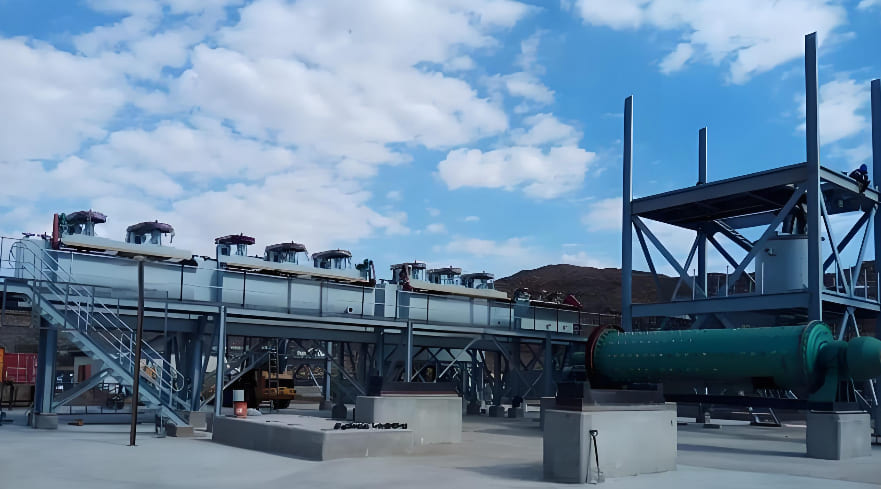
Gold-Silver Separation: How to Extract Gold from Silver-Gold Ore
Table of Contents The extraction of gold from silver-gold ores (electrum) is a key process in precious metal mining, driving economic value while facing evolving technological and environmental challenges. With increasing market demand and stricter sustainability regulations, understanding the market dynamics, extraction methods, and future trends is crucial for industry players. In
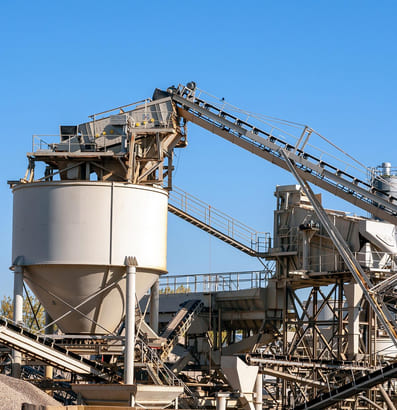
How to Treat Carbon-Containing Gold Ore?
Struggling with gold that keeps disappearing? Carbon-containing ores trap precious metals, making their extraction a challenging process. We faced this challenge firsthand—until we cracked the code on pretreatment. Carbon-containing gold ore requires pretreatment to neutralize “preg-robbing” carbon before extraction. Key steps include ore characterization, carbon removal (roasting/bio-oxidation), and tailored cyanidation.
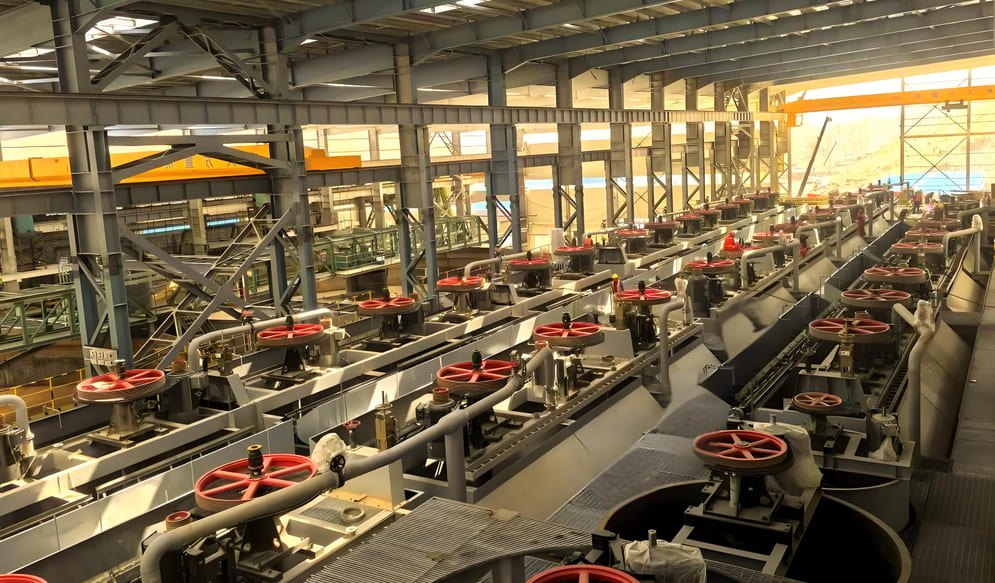
Lead-Zinc Ore Flotation Operation Precautions: Froth Layer Control and Observation Techniques
During the lead-zinc ore flotation process, controlling the froth layer and observing the froth state are key operational steps that directly impact concentrate grade and recovery. The following is a professional operating guide. Control of Foam Layer Thickness & Scraping Volume During Each Operation The froth layer is where flotation
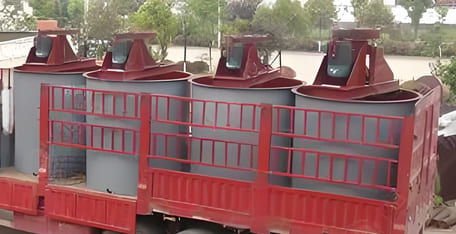
Which Ore is Heap Leaching Suitable For?
Heap leaching has emerged as a cost-effective extraction method for certain types of gold ores, particularly those that meet specific geological and mineralogical criteria. Heap leaching for gold extraction generally yields relatively low gold recovery rates due to the coarse particle size of the ore and its weak interaction with
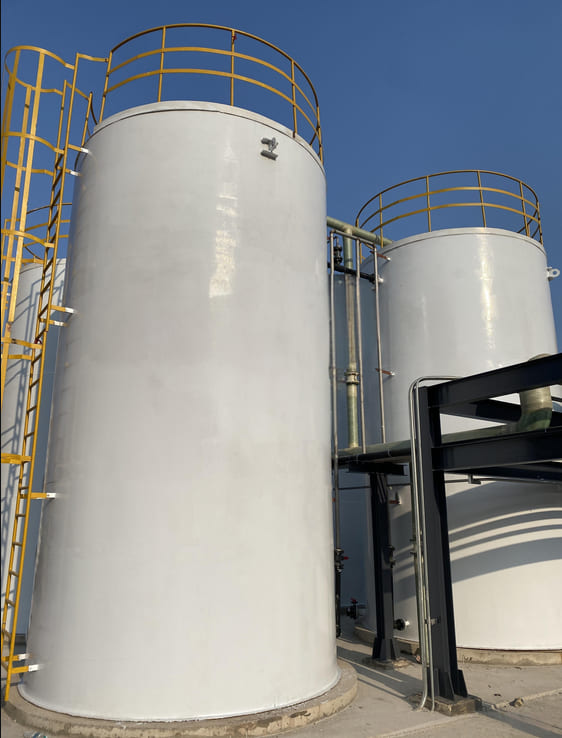
How to Effectively Separate Copper and Lead from Lead-Zinc Ores?
Separating copper from lead in lead-zinc ores remains one of the toughest challenges in mineral processing. Traditional methods create environmental concerns, while new approaches promise cleaner solutions. Effective copper-lead separation requires the selective inhibition of one metal while allowing the other to float. Traditional methods utilize toxic chemicals, such as
